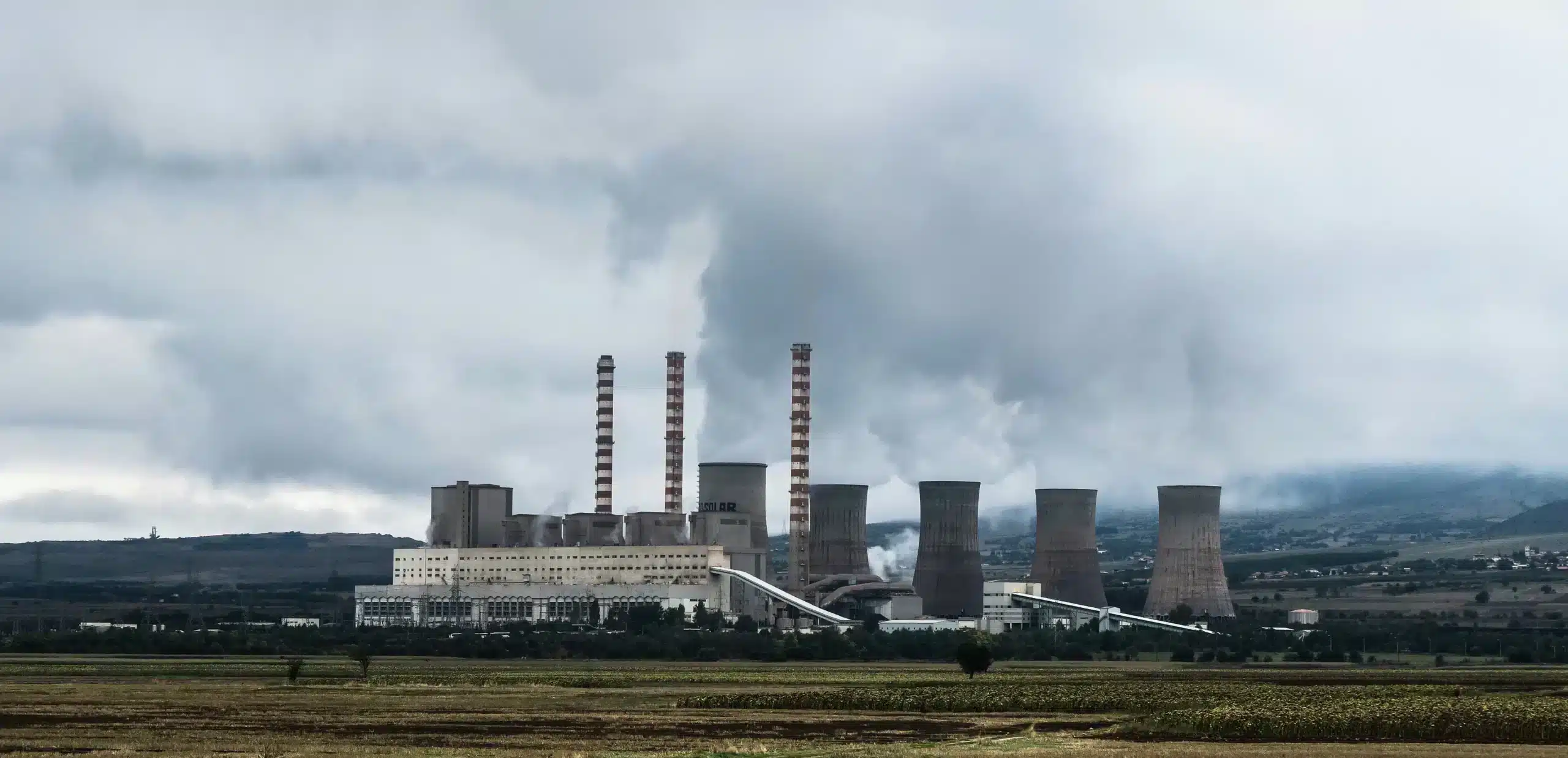Scope 3: what are the different categories?
Summary
Downstream emissions include product transport, end-of-life product processing, use of goods sold, investments and indirect emissions.
Upstream emissions are linked to the purchase of goods and services, capital, transport, waste management, business travel and commuting. Proper categorization is essential for an effective emissions reduction strategy, with specific impacts depending on the business sector.
Our carbon footprint calculation software can be a valuable tool in this process.
Start your decarbonized future in good hands
Introduction
Scope 3 of the GHG Protocol represents a significant portion of a company's carbon footprint , as it encompasses its downstream and upstream emissions. Learn about the different categories of downstream and upstream emissions and their impact on organizations' carbon footprints.

Scope 3: Downstream and upstream emissions
Scope 3 is an integral part of the GHG Protocol. This scope stands out for its comprehensive approach, looking at both downstream and upstream emissions. Scope 3 provides a comprehensive view of an organization's carbon footprint, encompassing its entire value chain. Upstream emissions refer to activities that precede a company's main production, from the extraction of raw materials to their arrival at the production site. Downstream emissions, on the other hand, refer to activities that occur after the organization has produced or sold a good or service.
The different categories of Scope 3 downstream emissions
Transmission and distribution (downstream)
These are the emissions associated with the transportation and distribution of products after they have been sold. This may include, for example, transporting goods to retailers or directly to consumers.
Treatment of products sold at the end of their life
This category covers emissions produced during the recovery, recycling and disposal of end-of-life products.
Use of goods and services sold
These are the emissions generated by the use of the products sold. For example, emissions produced by the use of appliances, heaters, or any other energy-consuming good.
Investments
This category includes issues associated with the organization's financial investments and investments. These include, but are not limited to, emissions produced by a company in which the organization in question has invested.
Indirect downstream emissions
This section includes all other downstream programs that are not covered by the previous categories. These may be emissions that are less common or more difficult to categorize, but still relevant to the organization's overall carbon footprint.
The different categories of Scope 3 upstream emissions
Purchase of goods and services
This category includes emissions resulting from the production of goods and services purchased by the company. For example, if a company buys paper, it must account for the emissions associated with the production of that paper.
Capital
It relates to emissions associated with the production of real estate and equipment. This could include, for example, emissions resulting from the construction of a new building or the manufacture of industrial machinery.
Transmission and distribution (upstream)
These emissions are related to the supply chain outside of the company's direct control. These include, for example, the transportation of raw materials to a manufacturing plant.
Waste generated in operations
Here, the focus is on emissions from waste management generated by the company's direct operations. The organization must take into account the origin of the waste, from common office waste to specific industrial waste, and the methods and treatments that are employed for this waste. This can include recycling, incineration, landfilling, or composting. Each of these methods has a specific carbon footprint to consider in the carbon footprint.
Business travel
This category covers emissions from business travel, whether flights, train journeys or car journeys. Emissions vary considerably depending on the mode of transport chosen. Businesses can opt for greener options, such as high-speed trains or video conferencing to reduce the need for travel.
Commuting
Commuting is different from business travel because it takes into account employees' daily commute to and from work. This category takes into account all the emissions associated with these trips. Even if these emissions seem minor, when counted for all employees and for a full year, they often account for a large portion of Scope 3 emissions.
Upstream indirect emissions
Finally, this category includes all other upstream programs that do not fit into the previous categories, including less common or industry-specific programs.
“
Good categorisation is the key to a successful environmental strategy

Impact of proper categorization of Scope 3 emissions
A good categorization of Scope 3 emissions is paramount to understanding a company's true carbon footprint. Each category has its own set of challenges and opportunities that can vary greatly from company to company depending on the industry.
In addition, understanding the relative weight of each category allows companies to identify where they can achieve the best return on investment in terms of emissions reductions. For example, for a company in the energy sector, emissions related to "Purchased Energy Generation" can be particularly significant. In the textile sector, "Purchases of goods and services", such as raw materials such as cotton or wool, can be a major source of emissions.
Finally, in order to define an adequate emission reduction strategy, it is essential to have a good understanding of each category of Scope 3, otherwise its efforts could be ineffective. Finally, in order to define an adequate emission reduction strategy, it is essential to have a good understanding of each category of Scope 3, otherwise its efforts could be ineffective.
Mastering Scope 3 is an imperative for a successful environmental strategy. By accurately identifying and categorizing each emission source, companies can effectively prioritize their reduction actions. To help them in this process, the use of specific software such as the carbon footprint calculation software D-Carbonize is strongly recommended.
